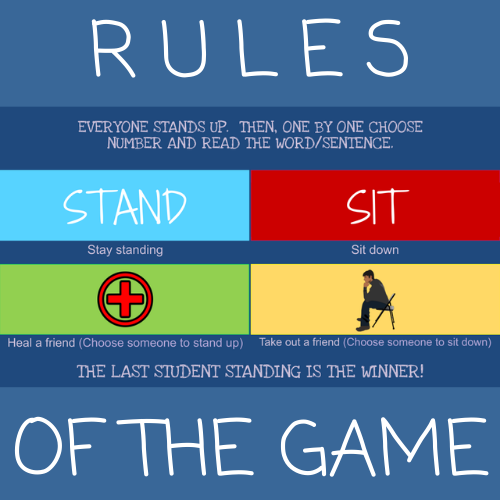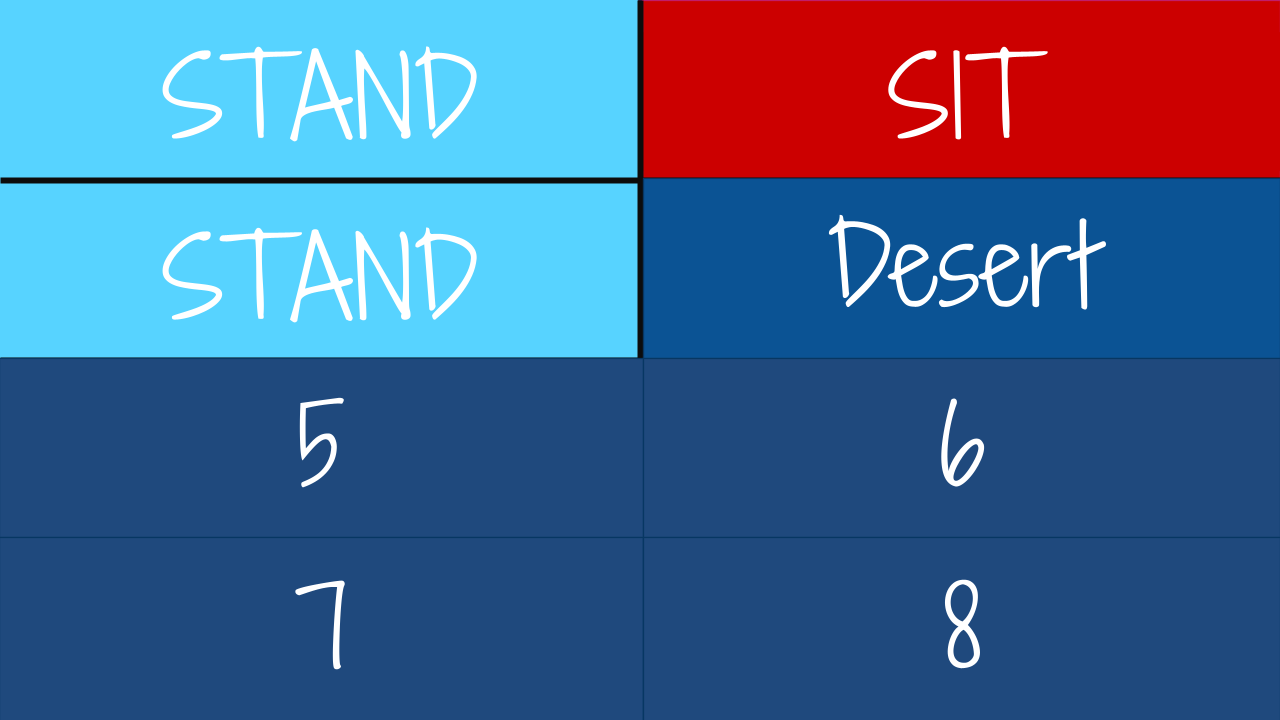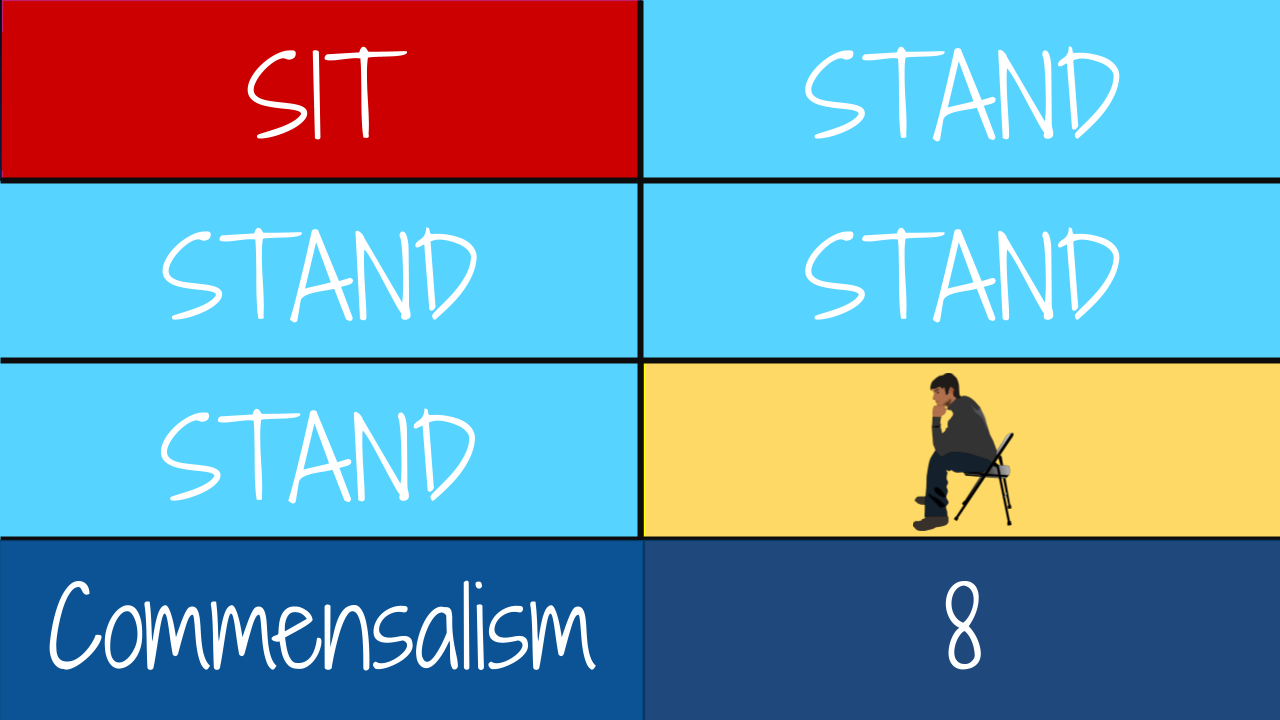Details
Pages
15 Pages
Subject
Science, Earth Science, Environment & Ecology
Product
Digital
Grade
1st, 2nd, 3rd, 4th, 5th, 7th
Resource Type
Activities, Curriculum, Games
Description
This game is a fun way to test students knowledge/vocab on biomes, genes, different relationships (like parasitism), climate, and more! Look at the video preview to see how it is played. You click to make the number disappear (revealing the word or phrase) and then again to reveal the action they must do to follow! This game tests students knowledge of the standards:
S7L4. Obtain, evaluate, and communicate information to examine the interdependence of organisms with one another and their environments
a. Construct an explanation for the patterns of interactions observed in different ecosystems in terms of the relationships among and between organisms and abiotic components of the ecosystem.
(Clarification statement: The interactions include, but are not limited to, predator-prey relationships, competition, mutualism, parasitism, and commensalism.)
c. Analyze and interpret data to provide evidence for how resource availability, disease, climate, and human activity affect individual organisms, populations, communities, and ecosystems.
d. Ask questions to gather and synthesize information from multiple sources to differentiate between Earth's major terrestrial biomes (i.e., tropical rain forest, savanna, temperate forest, desert, grassland, taiga, and tundra) and aquatic ecosystems (i.e., freshwater, estuaries, and marine).
(Clarification statement: Emphasis is on the factors that influence patterns across biomes such as the climate, availability of food and water, and location.)
S7L3. Obtain, evaluate, and communicate information to explain how organisms reproduce either sexually or asexually and transfer genetic information to determine the traits of their offspring.
a. Construct an explanation supported with scientific evidence of the role of genes and chromosomes in the process of inheriting a specific trait.
b. Develop and use a model to describe how asexual reproduction can result in offspring with identical genetic information while sexual reproduction results in genetic variation.
(Clarification statement: Models could include, but are not limited to, the use of monohybrid Punnett squares to demonstrate the heritability of genes and the resulting genetic variation, identification of heterozygous and homozygous, and comparison of genotype vs. phenotype.)
c. Ask questions to gather and synthesize information about the ways humans influence the inheritance of desired traits in organisms through selective breeding.
(Clarification statement: The element specifically addresses artificial selection and the ways in which it is fundamentally different from natural selection.)
S7L4. Obtain, evaluate, and communicate information to examine the interdependence of organisms with one another and their environments
a. Construct an explanation for the patterns of interactions observed in different ecosystems in terms of the relationships among and between organisms and abiotic components of the ecosystem.
(Clarification statement: The interactions include, but are not limited to, predator-prey relationships, competition, mutualism, parasitism, and commensalism.)
c. Analyze and interpret data to provide evidence for how resource availability, disease, climate, and human activity affect individual organisms, populations, communities, and ecosystems.
d. Ask questions to gather and synthesize information from multiple sources to differentiate between Earth's major terrestrial biomes (i.e., tropical rain forest, savanna, temperate forest, desert, grassland, taiga, and tundra) and aquatic ecosystems (i.e., freshwater, estuaries, and marine).
(Clarification statement: Emphasis is on the factors that influence patterns across biomes such as the climate, availability of food and water, and location.)
S7L3. Obtain, evaluate, and communicate information to explain how organisms reproduce either sexually or asexually and transfer genetic information to determine the traits of their offspring.
a. Construct an explanation supported with scientific evidence of the role of genes and chromosomes in the process of inheriting a specific trait.
b. Develop and use a model to describe how asexual reproduction can result in offspring with identical genetic information while sexual reproduction results in genetic variation.
(Clarification statement: Models could include, but are not limited to, the use of monohybrid Punnett squares to demonstrate the heritability of genes and the resulting genetic variation, identification of heterozygous and homozygous, and comparison of genotype vs. phenotype.)
c. Ask questions to gather and synthesize information about the ways humans influence the inheritance of desired traits in organisms through selective breeding.
(Clarification statement: The element specifically addresses artificial selection and the ways in which it is fundamentally different from natural selection.)
This game is a fun way to test students knowledge/vocab on biomes, genes, different relationships (like parasitism), climate, and more! Look at the video preview to see how it is played. You click to make the number disappear (revealing the... more
0
Overall review score
Displaying All Reviews | 0 Reviews
0
0%
0
0%
0
0%
0
0%
0
0%
More from this shop
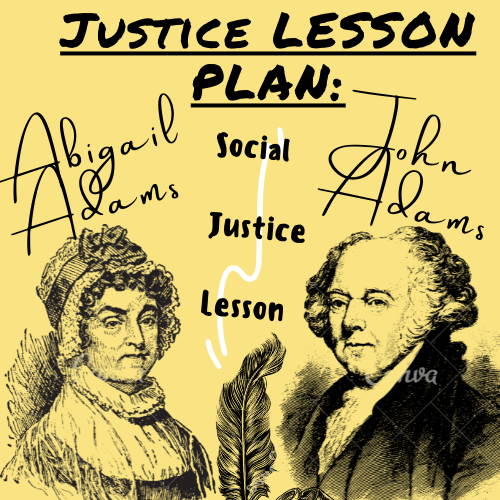
5
(1)
$2.99
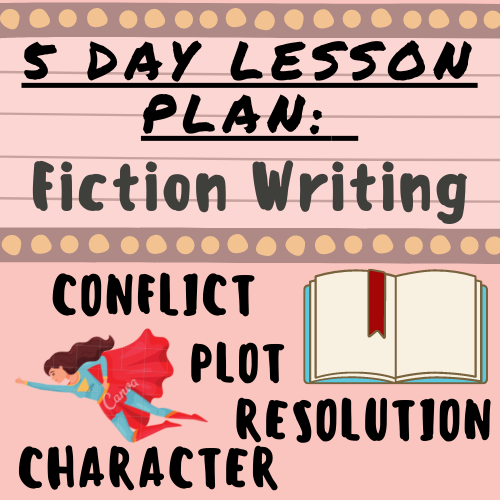
$5.75
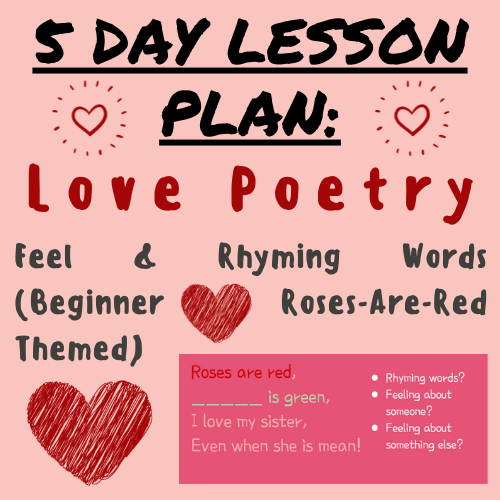
$5.75
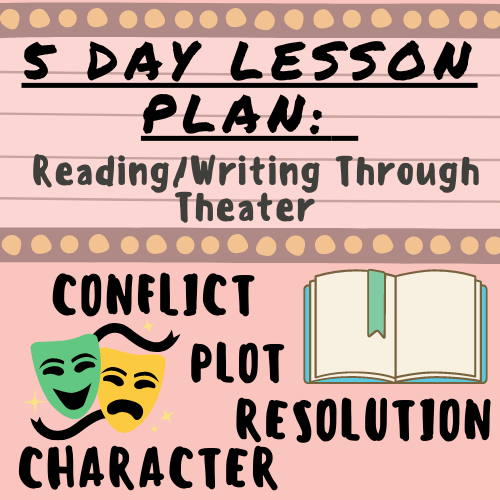
$5.75
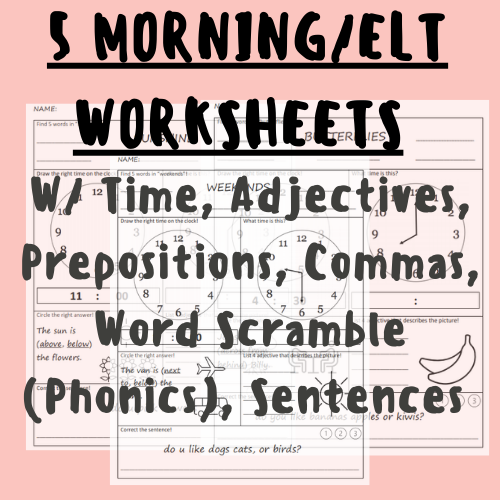
$2.99

$5.75

$1.99
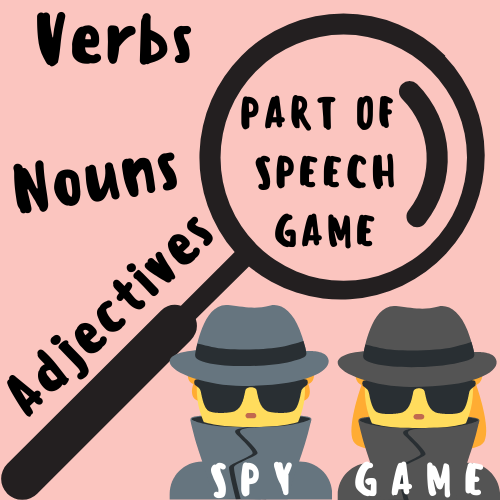
$2.99

$1.99

$1.99

$1.99

$4.75

$1.00

$1.99
Similar items

$15.75

$15.99

$15.99

$15.99

$15.99

$15.99

$15.99

$3.00
![Biomes, Genes, Environment GAME (Last One Standing/Stand or Sit) [Life Science] For K-5 Teachers and Students in the Science Classroom's featured image](https://classful.com/wp-content/uploads/2021/11/Covers-2021-11-22T151725.076.png)
